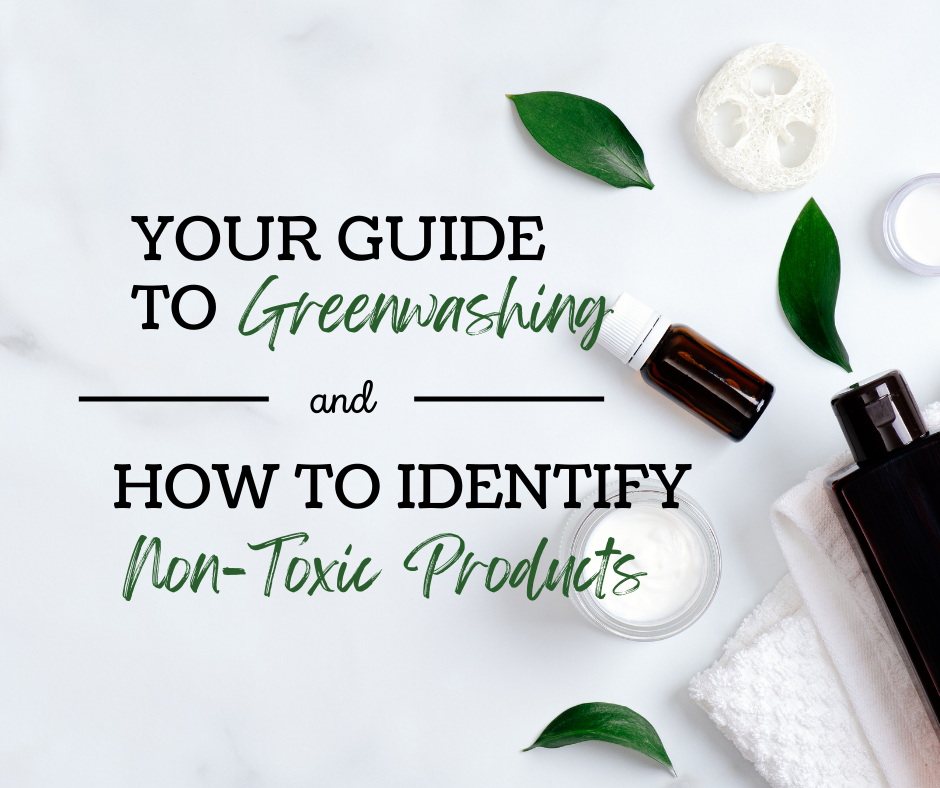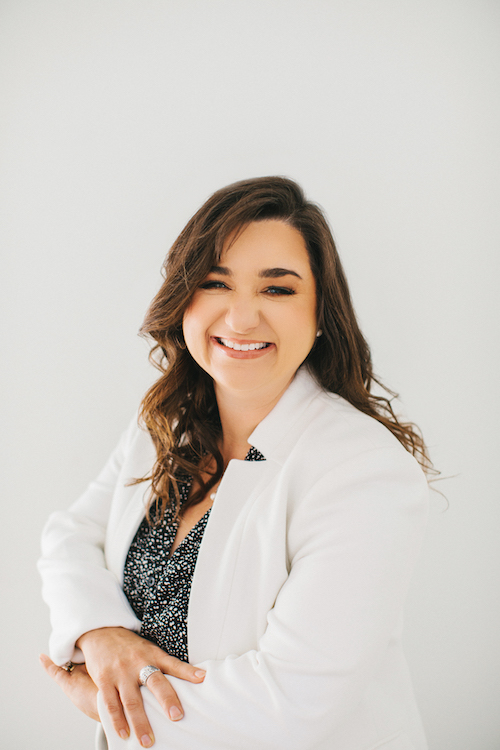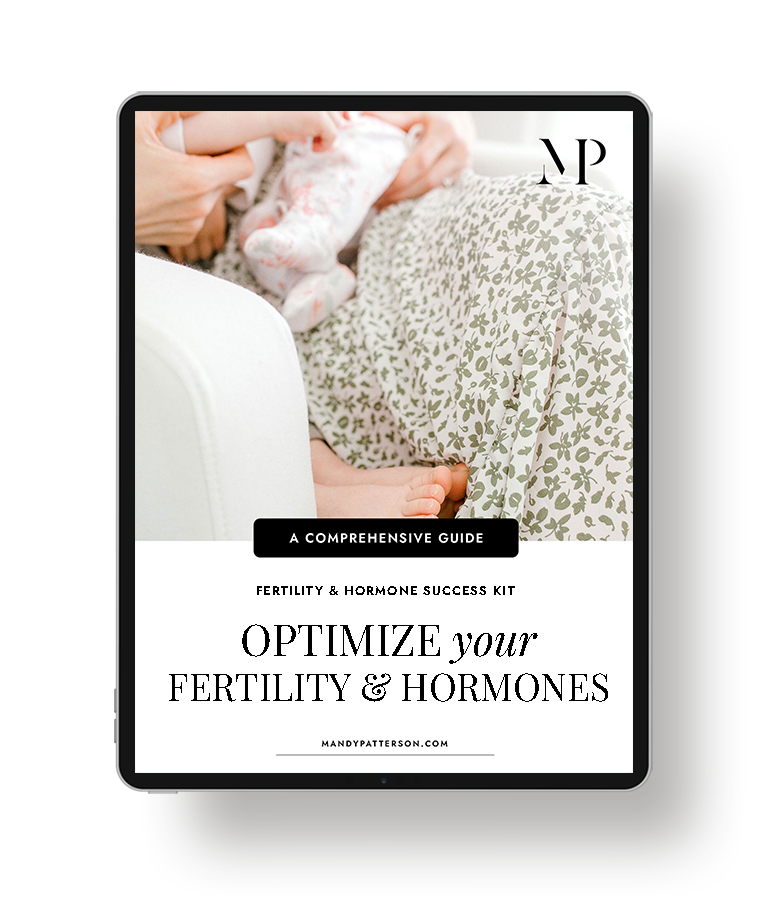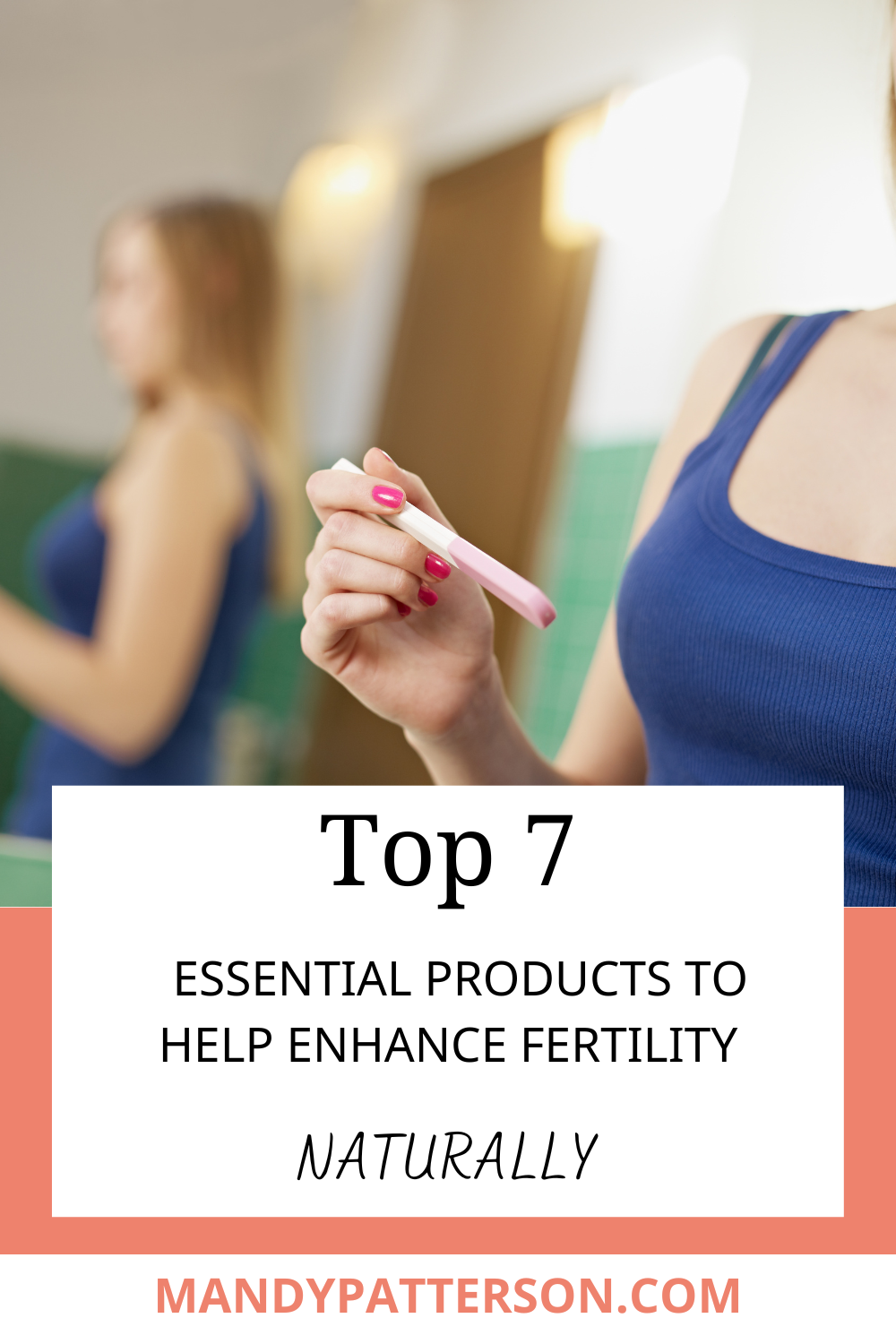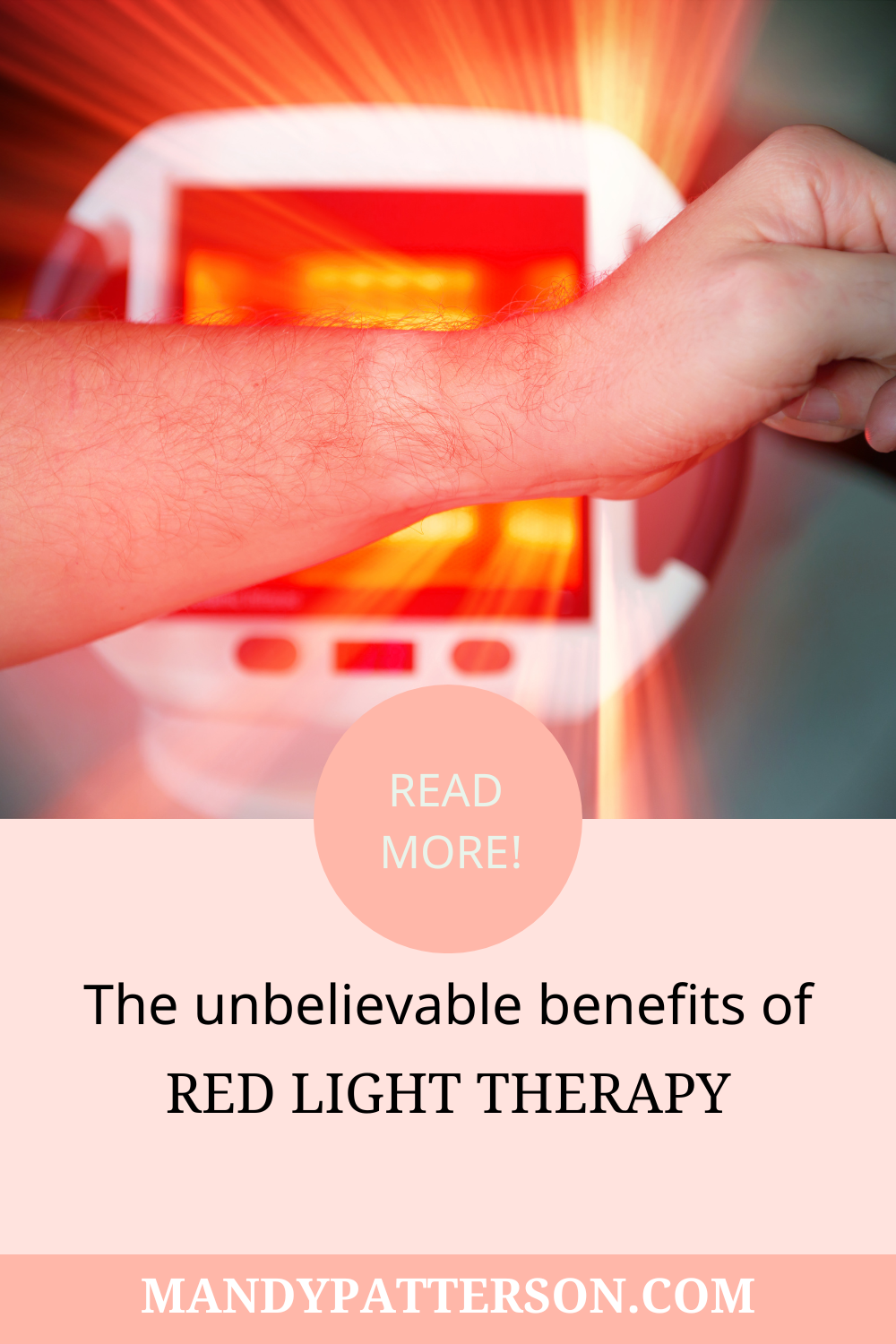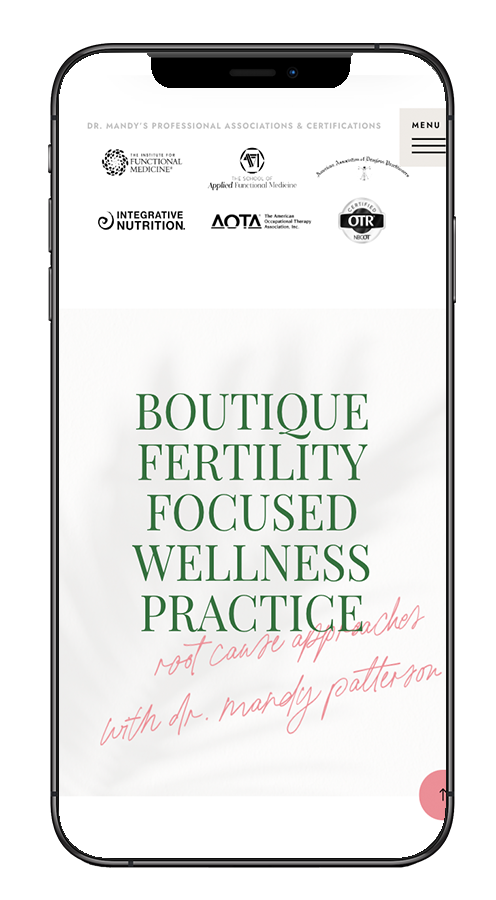Did you grow up to the sterile smell of bleach too or was that just me? Bleach got thrown on everything that was white, not just the laundry. It was the cure-all for any and every mess. Nowadays, most of us have put bleach aside for more family-friendly cleaning products. Unfortunately, a lot of companies are using greenwashing to keep with the times.
Greenwashing is everywhere. Manufacturers add a scent like “lemon-fresh” or “lavender breeze” and slap a picture of a flower on the bottle to trick consumers into thinking the product is clean. To make it worse, that’s just the tip of the iceberg of greenwashing.
In this article, you’ll learn all about greenwashing what it is and how to identify it. You’ll also learn ingredients to avoid and ingredients to look for when searching for non-toxic products.
What is Greenwashing?
Simply put, greenwashing is the use of marketing to make a product appear non-toxic and environmentally friendly when in actuality it is full of dangerous chemicals. Companies have started placing non-toxic buzz words on their products to increase sales. They can use words, phrases, or even images to make consumers think their products are safe.
Greenwashed products consist of everything from cleaning products, food, personal hygiene products, and even clothing.
Why is Greenwashing bad?
There are multiple reasons greenwashing is bad. For starters, it confuses consumers and distracts from actual eco-friendly, non-toxic initiatives. It spreads misinformation and convinces well-meaning consumers to make poor choices.
Not to mention, it might prevent you from overcoming your health challenges by keeping toxic chemicals in your house and on or around your body. The accumulation of toxins that your body can’t excrete causes damage, especially to the nervous system.
Additionally, most of these cleaning products contain toxic chemicals that are endocrine disruptors. That means they contain chemicals that can disrupt your endocrine system, a.k.a. your hormones!
Here’s the thing, endocrine disruptors are not normally members of the endocrine system. They are not naturally occurring hormones. Actually, endocrine disruptors are hormone-mimicking chemicals that find their way into your body. They mimic, inhibit, or interfere with your body’s sensitivity to hormones. This causes adverse developmental, reproductive, neurological, and immune effects in your body.
They are mostly man-made and found in a multitude of products. Unfortunately, endocrine disruptors are quite common and pervasive in our society.

Greenwashing confuses consumers and distracts from actual eco-friendly, non-toxic initiatives. It spreads misinformation and convinces well-meaning consumers to make poor choices.
How Can You Identify Greenwashing?
So what’s a girl gotta do to avoid these toxins and balance her hormones? The answer is to learn how to identify greenwashing and become a more informed consumer.
Marketing
Brands use marketing to greenwash their products. For example, they will often portray pictures of leaves or flowers to make it appear more eco-friendly. Words like natural, clean, botanical, eco-friendly, healthy, recyclable, etc. are all commonly used as well.
The problem is that none of those terms mean anything on their own. They are unregulated. The bottom line is don’t believe everything you read unless it is backed by trusted certifications and by the quality of the product itself.
Product
When you look deeper into some of the products that are marketed as eco-friendly, natural or green, you ’ll find that many of them don’t hold up to those definitions at all. Greenwashing can be detected when you start investigating the ingredients, the manufacturing process and the life cycle of products.
For example, when you open the bottle is there a strong scent that wafts out? That’s not natural and likely due to artificial fragrance which is full of toxic chemicals.
Company
An important way to identify greenwashing is when the company does not appear to be very “ green ” themselves. A bit of research on the company website can tell you a lot. Be wary of companies that do not invest in any trusted certifications, like USDA Certified Organic or the EWG-Verified Seal.
Greenwashing is the use of marketing to make a product appear non-toxic and environmentally friendly when in actuality it is full of dangerous chemicals.
Ingredients to Avoid
With so many companies participating in greenwashing it can be hard to know what to trust. Here is a list of a handful of ingredients that you should avoid if you’re trying to purchase a healthy, non-toxic product. This is not a comprehensive list because there are many synonyms to these chemicals but you can find more information at the MADE SAFE Hazard List of Chemicals, Materials & Ingredients.
- Behentrimonium Methosulfate
- Benzyl Alcohol
- Cocamidopropyl betaine
- Dimethicone
- Fragrance
- Alkylphenol ethoxylates (APEs)
- Ammonia
- Antibacterials & Disinfectants
- Butyl Cellosolve (also known as butyl glycol, ethylene glycol, monobutyl)
- Petroleum Solvents
- Chlorine bleach (sodium hypochlorite)
- Monoethanolamine (MEA) Diethanolamine (DEA) & triethanolamine (TEA).
- Glycol Ethers (ethylene glycol mono-butyl ether, EGBE or 2-Butoxyethanol)
- Triclosan
- Phthalates
- Phenols
- Phosphates
Check out this article for advice on making the switch to healthier products in your kitchen!
Ingredients to Look For
The best way to avoid greenwashing is by reading labels. In addition, here are some ingredients to look for:
- USDA Certified Organic ingredients
- Organic or wildcrafted ingredients
- Non-GMO if not already certified organic
- Things you can pronounce!
RELATED: WHAT ARE ENDOCRINE DISRUPTORS AND HOW TO AVOID THEM?
A good rule of thumb in regards to ingredients is the shorter the list the better. Look for short, easily pronounceable ingredients for healthy, non-toxic product choices. Another resource you can use is The Environmental Working Group’s Think Dirty app.
Work with a Holistic Health Coach
Are you ready to start your journey to optimal health? I get it, greenwashing is hard to identify and takes time and practice. Remember, removing toxins is a process. It doesn’t happen overnight! If you need help getting started send me a message via my contact page.
Mandy Patterson

